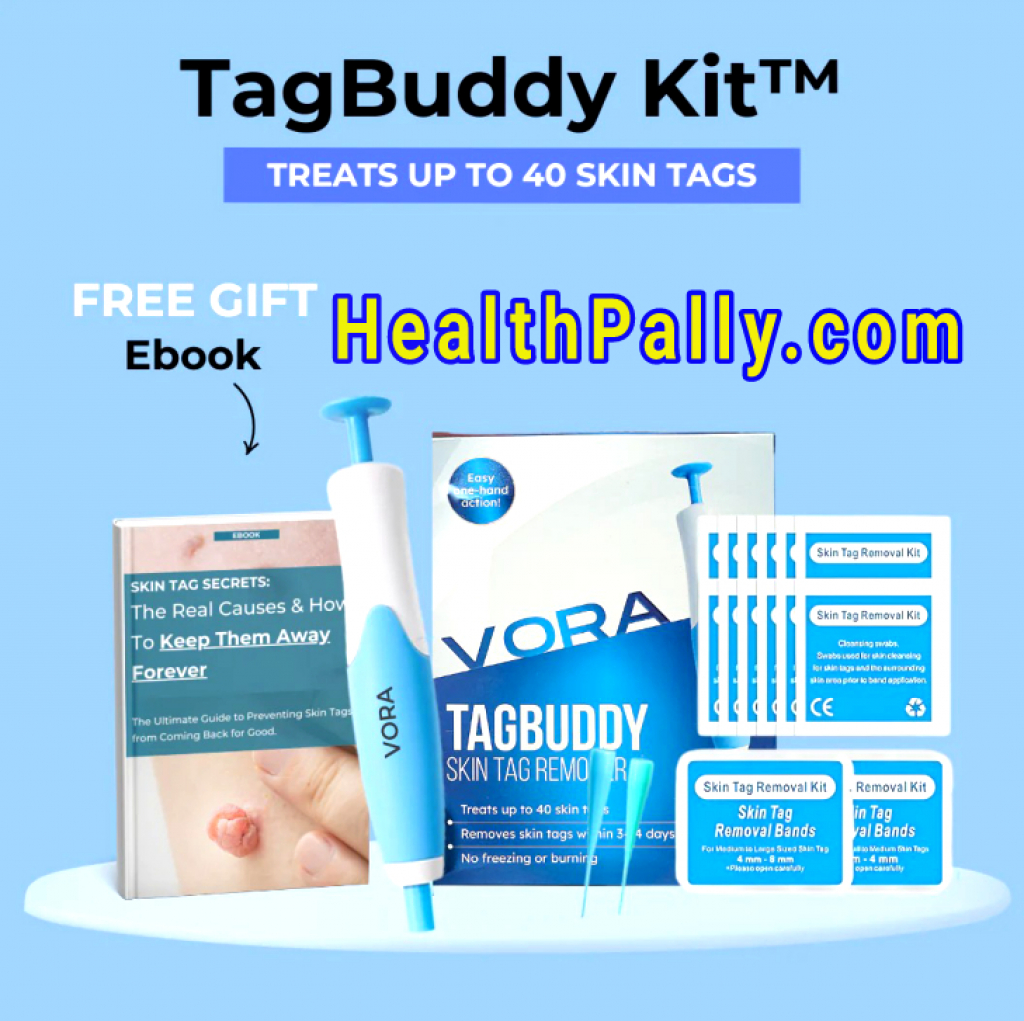Vora (TagBuddy) is an at-home skin-tag removal kit that uses a micro-band applicator to cut off blood supply so the tag dries and falls off over days.
What are the active ingredients in the Vora product?
Vora uses homeopathic ingredients like Sanguinaria canadensis and Zincum muriaticum for topical preparations, but the main removal mechanism for the TagBuddy kit is mechanical ligation (the micro-band), not a strong chemical.
How do I use the TagBuddy kit step-by-step?
First, you fit the applicator's o over the tag, place a tiny elastic micro-band around the base, release it, and then wait for the tag to change color, dry, and fall off You should follow the included leaflet for sizes and hygiene instructions.
How long until a skin tag falls off after treatment?
Most people notice changes within a few days and detachment within 1-2 weeks, though larger tags can take longer. Is Vora safe for all skin types and colors? Safety for all skin types is not guaranteed in my opinion. Most home-use removers like Vora can cause skin burns, ulceration, infection, or scarring. If you have darker skin, fragile skin, or medical conditions, you should consult your clinician first before using this kit yourself.
Can Vora remove moles or only skin tags?
At-home kits like Vora are intended for skin tags; you should not treat moles at home because a professional evaluation is needed to rule out skin cancer or other pathology, Chaktty advised.
What are the common side effects and risks?
Possible risks include redness, pain, bleeding, infection, ulceration, scarring, and delayed diagnosis of a serious lesion - adverse events have been reported with similar products. Will using Vora leave a scar? Some people heal with minimal scarring, but scarring is a known risk with DIY removal; results depend on tag size, location, technique, and individual healing.
How much does Vora cost and where can I buy it?
Price varies by promotion and retailer; Vora’s site often lists sales (example price shown ~$31.99 for a kit) and the product appears on third-party marketplaces. Check the official site and reputable sellers for current pricing. How many treatments are in one kit and how many tags can it treat? Packaging claims vary by variant; the TagBuddy product description advertises multiple micro-bands and the ability to treat many tags.
Are results permanent or do skin tags come back after using Vora?
Removed tags do not regrow at the exact spot, but new skin tags can develop elsewhere due to the same underlying causes (friction, hormones, genetics); permanence is not guaranteed systemically.
Can I use Vora on facial or sensitive areas?
Avoid delicate areas (near eyes, genitals, or mucous membranes) without medical advice; at-home devices risk damage if misapplied to sensitive skin. Is Vora FDA-approved or medically recommended? There are no FDA-approved over-the-counter drugs for skin-tag removal. The FDA has warned about unapproved online products.
Check with your dermatologist for medical recommendations. What should I do if the treated area becomes infected or extremely painful? Stop use immediately and seek medical care. Signs of infection include increasing pain, spreading redness, pus, fever, or worsening symptoms. Prompt clinician evaluation is important.
How do clinicians typically remove skin tags compared with Vora?
Dermatologists remove tags with snip excision, cryotherapy, cautery, or ligation under sterile conditions. These methods allow diagnosis, bleeding control, and lower complication risk when performed properly.
Can I use Vora if I have diabetes, are pregnant, or on blood thinners?
If you have diabetes, pregnancy, are immunocompromised, or take anticoagulants, consult your healthcare provider before attempting any at-home skin procedure. These conditions raise infection and bleeding risks.
How should I clean and care for the area after treatment?
Keep the area clean and dry, follow the product’s hygiene instructions, avoid picking the tissue, and observe for infection; seek medical advice if healing is abnormal.
What’s the difference between Vora’s mechanical band method and chemical removers?
Vora’s micro-band mechanically cuts blood supply (ligation); chemical removers use acids or caustics that can damage surrounding skin - both have pros and cons and both carry risks when misused. When should I see a doctor? See a doctor if the lesion is new and changing, painful, irregular, bleeds easily, or looks like a mole; also consult before treating lesions on the face, genitals, or in people with medical risks.
Is Vora safe? High-quality, peer-reviewed long-term studies specifically proving safety for many over-the-counter skin-tag kits are lacking; regulatory agencies urge caution and clinical evaluation for suspicious lesions. How do I distinguish a skin tag from something that needs medical assessment?
A skin tag is usually soft, flesh-colored, and pedunculated (on a stalk). Any flat, dark, rapidly changing, or symptomatic lesion should be evaluated by a clinician to exclude cancer.









Comments